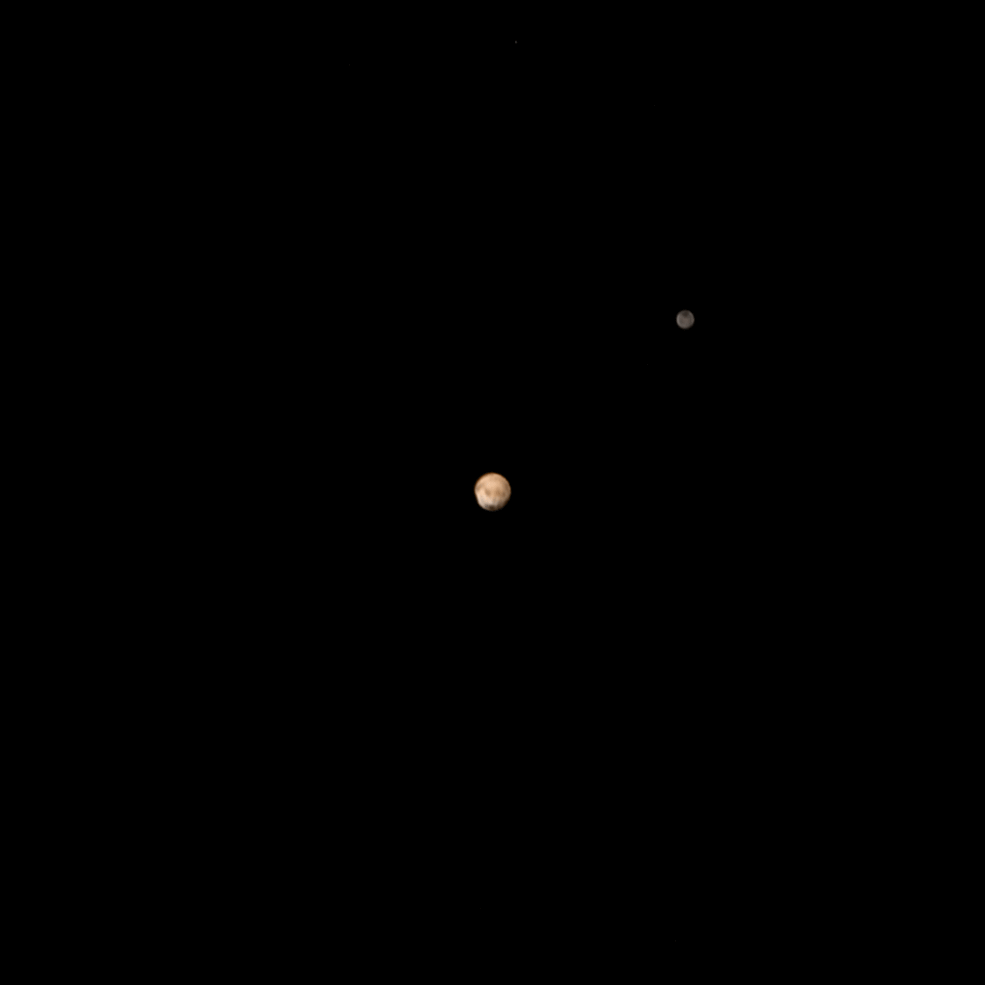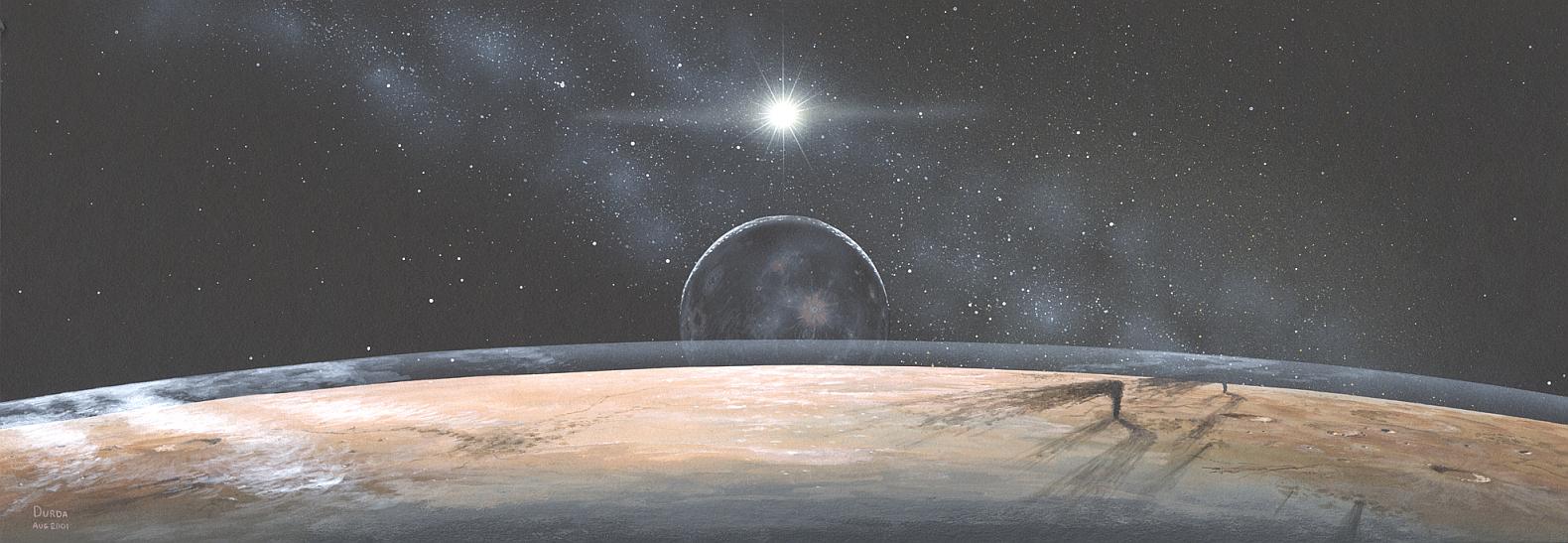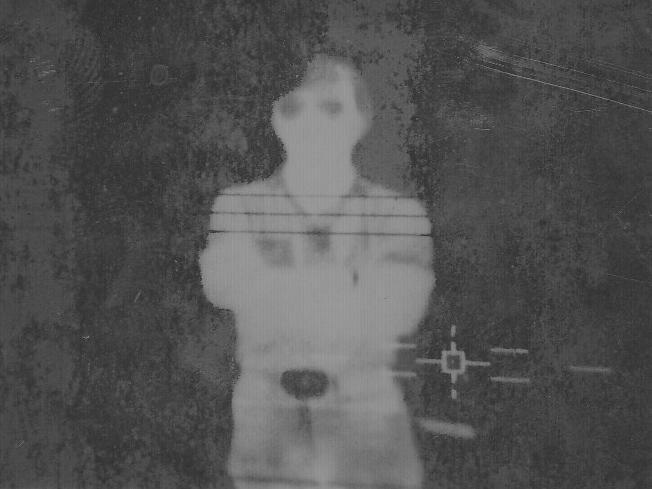 Between 1965 and 1980, I was employed at Hughes Aircraft Company, generally at the Culver City Facility that contained both the Hughes Aircraft Company (which developed and built electronics systems) and the Hughes Tool Company (which developed and built aircraft and a few oil drilling tools). Sort of backwards, I know, but so were a lot of things in the Hughes Empire.
Between 1965 and 1980, I was employed at Hughes Aircraft Company, generally at the Culver City Facility that contained both the Hughes Aircraft Company (which developed and built electronics systems) and the Hughes Tool Company (which developed and built aircraft and a few oil drilling tools). Sort of backwards, I know, but so were a lot of things in the Hughes Empire.
I found the long-lost poster seen at the right today when I was opening a picture frame to scan in a certificate I earned in my Ham Radio activities (DXCC for those who know) and found the poster was in the same picture frame. Frankly, I cannot remember putting it in there, but there it was in near-perfect condition. I scanned in my certificate (for another purpose) and also this poster, since I was scanning.
IMAGE: Iconic Howard Hughes portrait along with some of the Hughes legacy icons. Click on the image to enlarge to poster size.
Since I was suddenly dropped into the topic of the famous Howard Robard Hughes, Jr., I went out to Wikipedia and looked him up. I found an extremely interesting entry about Hughes’ life and times, much of which I had been previously unaware. It was intriguing and I was riveted to reading it all the way through, disregarding the references, of course. I can’t attest to all of it being true, but since I was there towards the end of Hughes’ life, I know some of it is gospel.
I never met the man, but others I knew and trusted told me of times when they had seen him come to Culver City for various visits in which they had caught a glimpse or two of the man. He had mostly gone full reclusive after I had been there a year or two.
If you’re interested in icons like Hughes, I recommend reading the Wikipedia Article (disclaimer – I can’t guarantee any of it is true, but it IS interesting).






